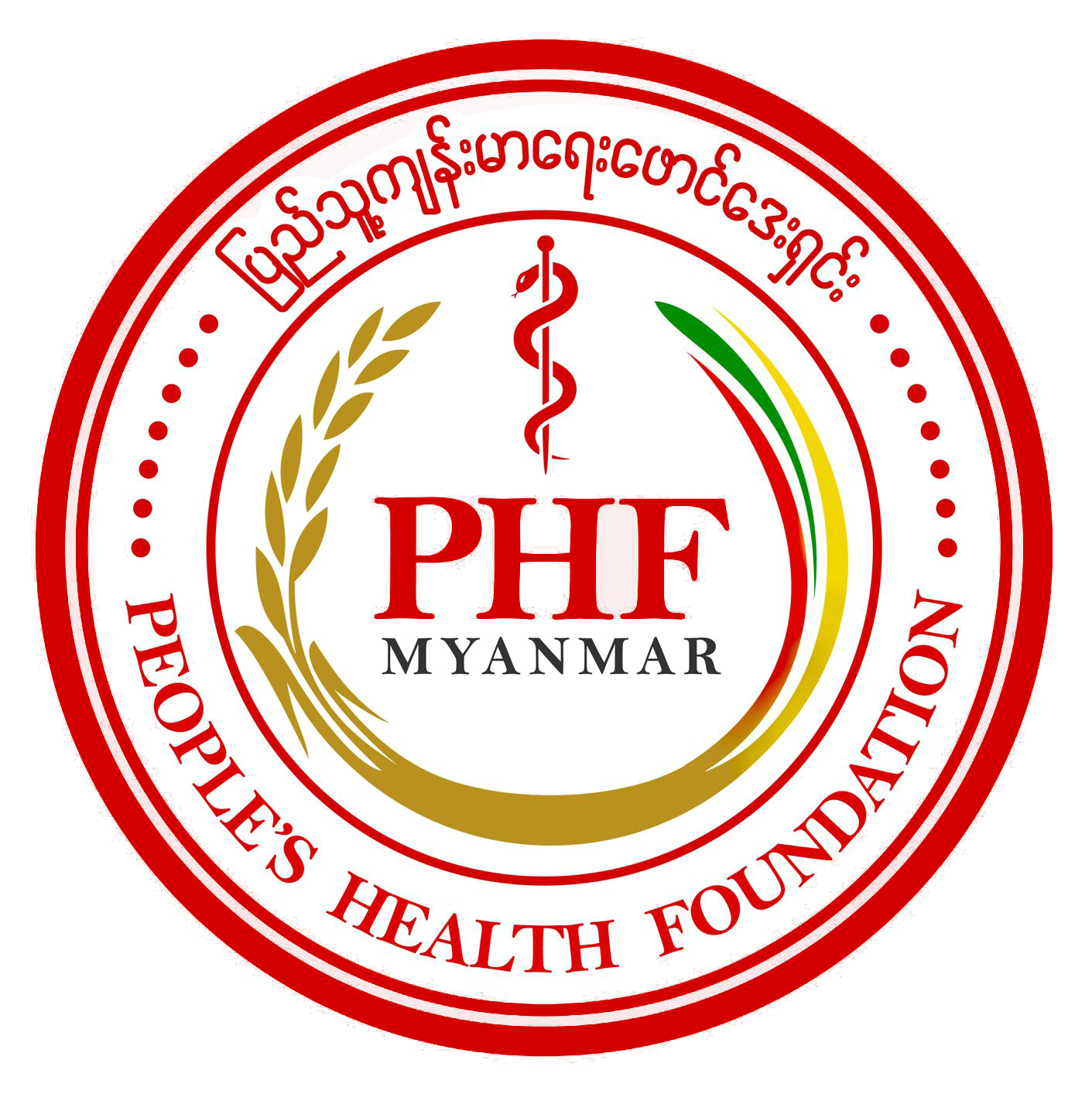3 Jan 2022, PHF, Yangon:
The eighth WHO report on the global tobacco epidemic, issued in 2021World Health Organization (WHO) tracks the progress made by countries in tobacco control since 2008 and, for the first time, presents data on electronic nicotine delivery systems, such as ‘e-cigarettes’. The report shows that many countries are making progress in the fight against tobacco, but some are not addressing emerging nicotine and tobacco products and failing to regulate them.
This report summarizes tobacco control since the 2005 Framework Convention on Tobacco Control (FCTC), with a focus on implementing preventative policies and helping people quit tobacco. There has been steady progress in global tobacco control since the FCTC was adopted and the “MPOWER” measures were introduced, in 2008, to promote government action on six tobacco control strategies. Now, about 5.3 billion people are covered by at least one comprehensive tobacco control measure, such as strong graphic warnings on tobacco products, smoke-free public places, and other measures; this represents a dramatic, four-fold increase since 2007 when only 1 billion people, or 15 percent of the world’s population, were covered. Electronic nicotine delivery systems, the focus of this report, is an area in particular need of attention. Against the backdrop of increasing adoption by young people, the policy gaps have surfaced: 84 countries lack safeguards from unregulated proliferation of electronic nicotine delivery systems.
This report is accompanied by a data tables, technical notes, and infographics that present national data about tobacco prevalence, preventive measures, cessation efforts, and tobacco economics.
https://www.who.int/publications/i/item/9789240032095
https://phfmyanmar.org/wp-content/uploads/2023/01/9789240032095-eng-1.pdf




